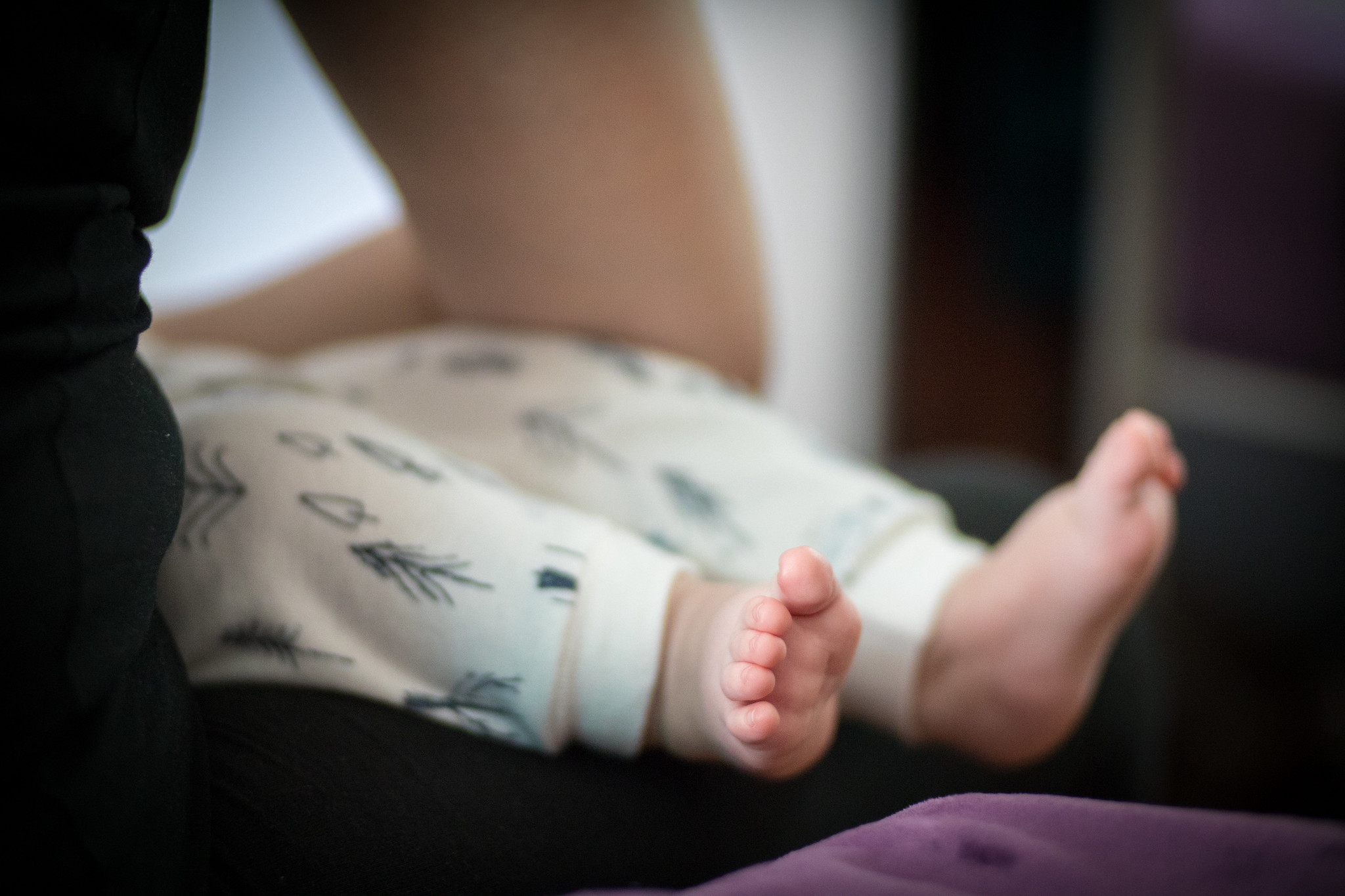Women who share their milk may meet with social disapproval, but this ancient practice for feeding vulnerable babies and meeting breastfeeding challenges signals an adaptable decentralised nutrition system through which women collectively deliver basic food security and lifelong health to human populations. Although political power over access to food is increasingly centralised and globalised through market-based supply systems, greater prevalence of breastfeeding and milk sharing among women resists the effects of corporate power and climate change on the health and wellbeing of the most vulnerable.
How is human milk sharing regulated in Australia, and what are its implications for harming, or helping, breastfeeding? What organisational structures would put women in charge of breastfeeding, mothers’ milk, and its distribution?
Nothing new in human milk sharing
The ways that infants are fed, and mothers are treated, are crucial issues for the health of individuals, societies and the planet. Breastfeeding is important for women’s and children’s health. It also contributes to maintaining planetary health.
Sharing human milk has a long history in wet-nursing. In the past, infants who were not breastfed rarely survived. Wet nursing was and continues to be employed in many cultures, sometimes as a respectable and valued occupation.
Breastfeeding may also be shared among relatives or friends, including to overcome breastfeeding challenges. More recently, expressed milk is shared through human milk banks and informal arrangements in the community, facilitated by new technologies.
Recent research at ANU used Australia as a case study of these various forms of milk sharing, and their governance through legal and social norms. The study covered the period 2010 to 2022, which was a critical time for milk sharing in Australia, with the emergence of human milk banks, milk sharing via social media and international trade in human milk.
These issues ignited media reports of milk banks saving premature babies, while ‘black markets’ in milk supplied body builders. These representations left donor milk caught in a 3-way competition —between breastfeeding and infant formula, raising deep legal and social questions about safety, ethics and women’s reproductive rights.
What is ‘regulation’?
How should we think about the ‘regulation’ of milk sharing? Broad theories of regulation can help, for example, thinking of regulation as the ‘steering of events,’ through the state and ‘beyond the state,’ by government and civil society actors.First, was the question of how laws and policies frame milk sharing. The second challenge was to identify how these legal factors influence milk sharing in practice, in hospitals and communities, by interviewing mothers, milk banks, health professionals and policy makers.

Newborn breastfeeding with good latch. Picture: Petr Kratochvil, CC0, via Wikimedia Commons
What ‘regulates milk sharing’?
The research showed incoherence in regulation, with discontinuities between legal frameworks and actor knowledge, objectives, courses of action and feedback. This incoherence arose from several sources: contested legitimacy, multiple lines of resistance and conflicting objects of regulation.
Targeting these themes will help refocus regulation from milk as a product, to milk sharing that supports breastfeeding systems.
Milk sharing is empowering when its regulation includes mothers’ voices in ways that respect individual autonomy, but uphold collective interests. Without these twin objectives, milk sharing risks reproducing social inequities in infant feeding. These complexities are exacerbated by the emergence of global trade in human milk, which has attracted controversy, and has limited value for women. While corporations increasingly trade in human milk products, and profit from it, women’s costs for donating milk are poorly recognized and payment of donors is discouraged for fear of exploiting their vulnerability or incentivising unsafe practices. Meanwhile, the increased medicalisation of human milk for use in neonatal intensive care risks dispossessing women and their systems of knowledge that sustain breastfeeding . Regulations to harmonise the governance of global trade in human milk sounds like a good thing but won’t be if it displaces breastfeeding or makes safe systems of informal milk exchange more difficult, or promotes an extractive industry.
‘Saying this is a valuable commodity, so let’s assign some money to it… that kind of economic argument, …that’s just capitalism. I don’t think good outcomes follow…. You know, someone’s going to get exploited in there because that’s the way that capitalism works. And it will be the woman who supplied the milk’ (health professional).
For milk donation to support breastfeeding, it is important that consumers are not deceived about the potential benefits or harms of human milk products compared to breastfeeding. Like formula, using donor milk can displace a mother’s own milk production, and evidence that pasteurised, homogenised human milk products are better than the mother breastfeeding is lacking. To prevent misleading marketing to the public and health professionals, Australian regulators should clarifying that donor human milk products are within the scope of the WHO International Code of Marketing of Breastmilk Substitutes. Similar concerns arise with the emergence of ‘synthetic breastmilk’, with Australian food regulators noting that such ‘cell-based human milk products are unlikely to truly replicate the composition and health benefits of human milk, and are comparable from a function and regulatory perspective to infant formula products’.
Where to for mothers’ milk sharing
Markets in human milk and other milk formula products increase the need for strong maternity protection and consumer regulation to protect women and children worldwide. Governments need to urgently implement the International Labour Organisation’s conventions on paid maternity leave and lactation breaks. Breastfeeding takes time and “time is money” for women as well as men, but women who share breastmilk have nuanced views about payment, which is allowed in some countries, though donors do not generally receive payment in Australia:
‘It would be an unfair system if it didn’t benefit the donors in some way, because …it takes time. I don’t know whether it should be an incentive or compensation. If it’s a commercial arrangement, I absolutely think the donating mothers should get a significant proportion of the profits, otherwise it’s exploitation in my view’ (donor and recipient mother).
‘If I was donating for payment, especially if I was donating to a milk bank, I’d have ethical issues about the way that hospitals interfere with breastfeeding relationships in the first place. …I wouldn’t feel comfortable …financially benefiting from that’ (donor mother)
Structures are needed for human milk exchange that make mothers central in the governance of milk and build localized and national collaborative capacity.
‘So having that involvement with my community, extended through milk sharing, gives me that sense of pride, …looking after other mums and each other. We should be empowering each other, we shouldn’t be tearing each other down’ (donor mother).
Research in Australia shows that milk sharing is not just an example of a complex regulatory problem but an example of a complex solution: of women’s lactating bodies as sites of production, power and resistance to the biopolitics of infant feeding at the global level.
Public health support is needed to make breastfeeding less costly and more equitable for women, and breastmilk more available. In Australia, this could mean updated National Health and Medical Research Council guidelines to assist women and families in the safe sharing of human milk and a system to cover the costs of donation.
‘I’d like to see [government] support it as a valid alternative to, or addition to formula. Even as part of one of the possibilities on the spectrum of feeding and I guess normalising it… help break down stigma around it being dangerous or unhygienic. … I’ve seen guidelines on the web from other countries … there’s ways to do it responsibly’ (recipient mother).
A network of organisations controlled by women, for example women’s breastfeeding cooperatives, could help mothers with breastfeeding and lactation, and also provide technical support, logistics and insurance for milk exchange, liaising with hospital milk banks and health services to screen suppliers and recipients.
A population where breastfeeding is prevalent and wet-nursing is acceptable and practiced safely also has greater resilience to climate risks such as natural disaster events, or during disruptions to food supplies. International health agencies increasingly acknowledge the advantages of using donor human milk or a wetnurse when an infant cannot be breastfed by its mother, or as a bridge to breastfeeding amidst breastfeeding challenges. In emergencies, bottle feeding is unsafe and wet-nursing, as well as re-lactation, may provide a lifeline, but are poorly recognised in practical guidancefor relief agencies in many countries, including Australia.
For example, in Brazil, the government implemented a comprehensive national strategy that integrated hospital milk banks into local centres of expertise on breastfeeding. The strategy dramatically improved breastfeeding rates, children’s health and health professional education in breastfeeding.
In Australia, some health services may have policies which support breastfeeding but few facilitate milk sharing by relatives or friends to support hospitalised mothers who cannot provide sufficient milk for their newborn and provide a ‘bridge to breastfeeding.’ ‘Directed donation’ protocols exist but are not widely known, and mainly focus on helping manage risks to the health service. Concerns about risks to the infant of not being breastfed vary with the age of the infant, but rarely extend to ensuring all dyads access to donor human milk where the mother finds herself unable to breastfeed.
Without the legitimization and collective structures that empower the women who produce and exchange milk, the emerging markets in breastmilk will continue to prioritise corporations over women’s economic and health rights, and result in everyone but mothers benefiting from its exchange.
- Picture at top: Newborn’s feet in focus. Mother nursing a baby. Published under CC BY 2.0. Picture: flickr/Ivan Radic






